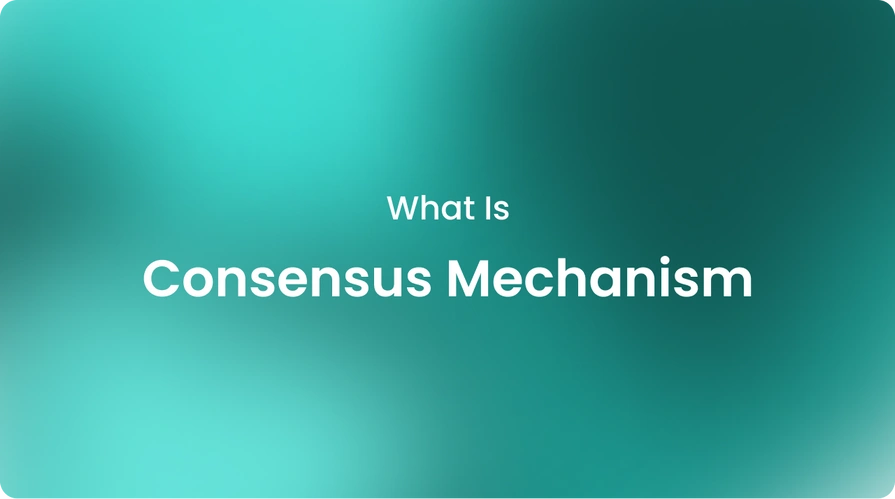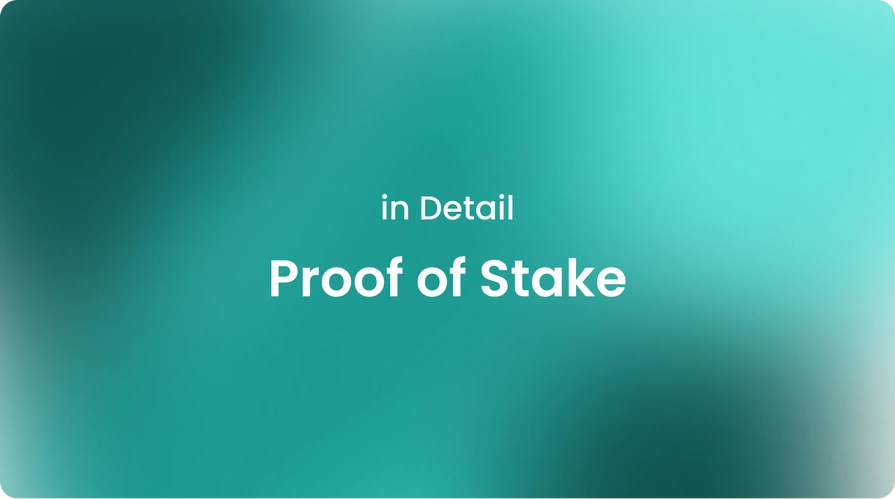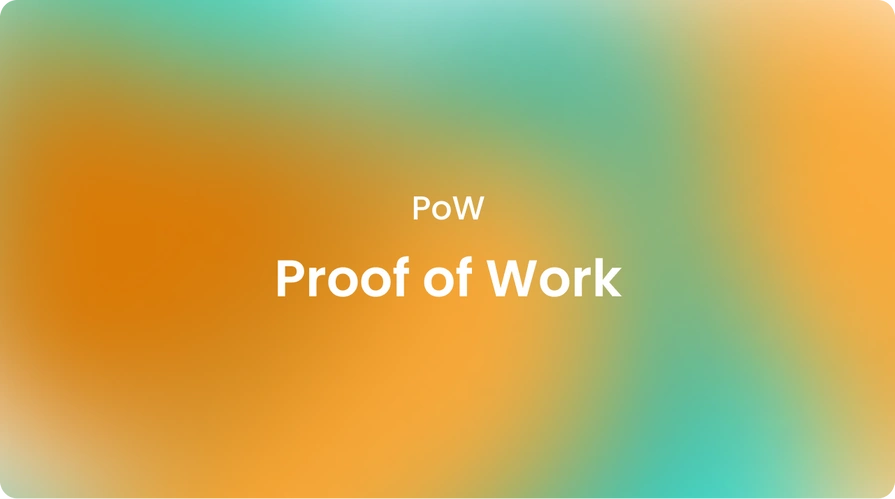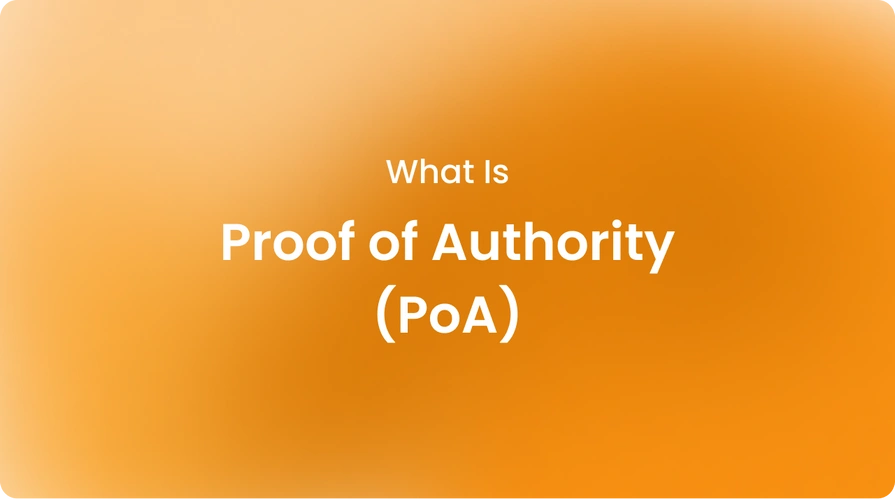|technology, knowledgehub
What Is a Consensus Mechanism?

Blockchain technology has revolutionized how we think about transactions, data storage, and digital ownership. However, beneath the exciting applications and buzzwords lies the critical foundation that makes it all possible: consensus mechanisms.
A consensus mechanism is an algorithm that enables decentralized networks to agree on a shared reality, such as transaction order and validity on a blockchain, without a central authority.
Join us in this article as we explore how consensus works, its advantages, the different types of consensus mechanisms powering blockchains, and how they work to ensure trust and security in a decentralized system. Let’s start by understanding how it works!
How does consensus work?
When a user initiates a blockchain transaction, it gets broadcast to the peer-to-peer network. "Miner" nodes then race to validate the transaction by solving a cryptographic puzzle.
The first miner to solve it gains the right to assemble pending transactions into a new block and add it to the blockchain. Other blockchain nodes then verify the work and accept the new block.
This process repeats, with each new block cementing the transaction history even further into an increasingly long chain. As more blocks are added, the blockchain grows in length and security.
The ever-lengthening chain, coupled with economic incentives, creates a system that is extremely difficult for bad actors to undermine. Therefore, the whole system keeps functioning and remains secure.
What are the advantages of the consensus mechanism?
Consensus mechanisms allow blockchains to operate without centralized control while maintaining security and reliability. Some key advantages of the consensus mechanism include:
- Decentralization: There is no single point of failure since consensus is spread across many nodes.
- Immutability: Once data is written to the blockchain, it cannot be altered or erased, ensuring integrity.
- Transparency: All transactions can be viewed by any participant in the network.
- Security: Cryptography, economic incentives, and network effects make rewriting history prohibitively difficult.
- Redundancy: Multiple copies of the blockchain data exist across nodes, improving durability.
How many consensus mechanisms are there in the blockchain?
Over time, new consensus mechanisms have emerged to address the scalability, throughput, and environmental impact limitations of early protocols.
Here are the main types of consensus mechanisms:
Proof of Work (PoW)
PoW is the method used in Bitcoin and other early blockchains. It requires miners to expend computing power to validate transactions and add new blocks during the crypto mining process.
Miners race to solve difficult cryptographic puzzles, with the first to solve the "puzzle" allowed to include the next block. Proof of Work makes attacks against the network costly through high electricity requirements but is inefficient and energy-intensive at scale.
Proof of Stake (PoS)
PoS selects validators based on their holdings in the blockchain's native coin rather than computational power. This improves efficiency by removing the need for expensive mining rigs and using far less energy than PoW. Make sure to check out “PoW vs. PoS” for a detailed comparison.
During proof-of-stake validation, validators bet a portion of their coin holdings that they will provide honest transaction validations. Those who misbehave risk losing their stake. There are some popular proof-of-stake protocols.
Delegated Proof of Stake (DPoS)
Delegated proof of stake is a variant of PoS where token holders can vote for block producers, who then create blocks on their behalf. The top-voted producers get selected as block validators.
This mechanism allows faster transaction processing and higher throughput than traditional PoS at the expense of lower decentralization since only a few producers are actively validating.
Proof of Importance (PoI)
Instead of staking cryptocurrency, nodes in this PoS variation get ranked based on the number of transactions they are involved in and the total value.
Highly active addresses and those transacting larger amounts receive higher importance scores, which determine their likelihood of mining the next block. This protocol aims to reward good actors who add value to the network through frequent participation.
Proof of Capacity (PoC)
PoC requires miners to prove the storage of blockchain data instead of computational power. Miners generate and store plots (files) on their hard drives that prove they own storage without revealing their private keys or details about the stored files. The storage demonstrates capacity without trusting a central authority.
Proof of Elapsed Time (PoET)
Introduced by Hyperledger Sawtooth, this protocol leverages a special trusted execution environment (TEE) to provide a PoS-like participant selection in a permissioned blockchain.
Nodes request a waiting time from the TEE, and the first one to finish waiting within the shortest period wins the right to create the next block, ensuring fairness through a random election. Proof of elapsed time reduces unnecessary resource consumption compared to PoW.
Proof of Activity (PoA)
Proof of activity is where validators maintain availability and do micro-tasks to prove their "proof of being online.". Validators constantly perform small computations to prove they are live, watching for proposed blocks. This balances security and finality with efficiency compared to alternatives like PoS.
Proof of Authority (PoA)
Proof of authority is a permissioned consensus mechanism model where a pre-selected set of validators create and validate new blocks. It is typically used in private or consortium chains where identities are known.
PoA approach trades decentralization for higher performance, finality, and efficiency suitable for regulated industries.
Proof of Burn (PoB)
PoB is where miners burn cryptocurrency units to generate new units for block rewards. It aims to create artificial scarcity as burned coins are permanently removed from supply.
What is the best consensus mechanism in blockchain?
There is no clear answer for the best consensus mechanism in blockchain, as the optimal mechanism depends on use-case factors like scalability needs, finality requirements, decentralization preferences, etc.
Generally, PoS variants are better suited for public networks seeking high scalability with fewer resources required than PoW. Permissioned models, like PoA suites, are specific industry applications requiring strong node identity and legal compliance.
Newer advances combining types of consensus mechanisms may emerge as the optimal solutions. The diversity of consensus options allows for choosing the best fit for each individual project.
The bottom line
Consensus mechanisms are the foundation that empower blockchains with trust and security. Understanding how they govern decentralized agreements reveals why this technology can fundamentally transform our digital world.
As protocols mature, hybrid mechanisms may optimize key trade-offs to fulfill blockchain's promise on a global scale. Existing applications demonstrate blockchain.
Service providers like Cryptobunq can empower innovation in many industries through the transparency, efficiency, and reliability that consensus enables. Cryptobunq is a one-stop-shop crypto service provider for all things crypto.
You can benefit from various crypto and blockchain solutions with CBQ. These services include a crypto exchange API, crypto checkout and invoicing, batch crypto payments, and more. Check out our latest case studies and contact us to take your projects to the next level with Cryptobunq solutions!













